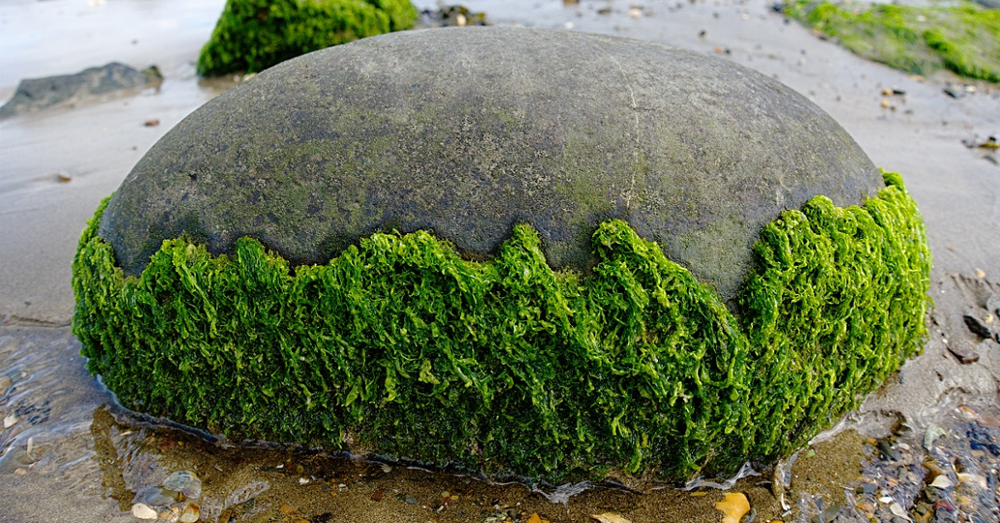
Instead of Throwing out This Plastic Wrapper, You Eat It
Seaweed has some obvious advantages to oil-based plastic beyond the fact that it doesn’t create waste. While seaweed grows, it sucks up CO2. An area of ocean roughly the size of a baseball field can grow 40 tons of seaweed in a year, absorbing 20.7 tons of greenhouse gases.
October 6, 2017 | Source: Fast Company | by Adele Peters
Evoware is made from seaweed–and if you don’t feel like eating it, it will biodegrade just fine.
If you buy a Belgian waffle at a food festival this weekend in Ubud, Bali, you’ll be able to eat the wrapper it comes in. A waffle vendor is one of the early customers testing new food packaging made from seaweed instead of plastic: The wrapper is nutritious if it’s eaten, and if it ends up as litter, it naturally biodegrades.
“We want to create a cleaner world by stopping plastic waste from the root,” David Christian, cofounder of Evoware, the Indonesia-based startup that designed the new packaging, tells Fast Company. Indonesia is second only to China in creating plastic pollution that ends up on the ocean, mostly coming from single-use packaging; four Indonesian rivers are among the most polluted in the world. Garbage dumps in Bali are often overflowing.
As a material, seaweed has some obvious advantages to oil-based plastic beyond the fact that it doesn’t create waste. While seaweed grows, it sucks up CO2. An area of ocean roughly the size of a baseball field can grow 40 tons of seaweed in a year, absorbing 20.7 tons of greenhouse gases. Unlike some other sources used to make bioplastic–like corn–it’s grown without fertilizers, water, or other resources. Seaweed farmers in Indonesia currently produce more than they can sell, and struggle to make a living.
